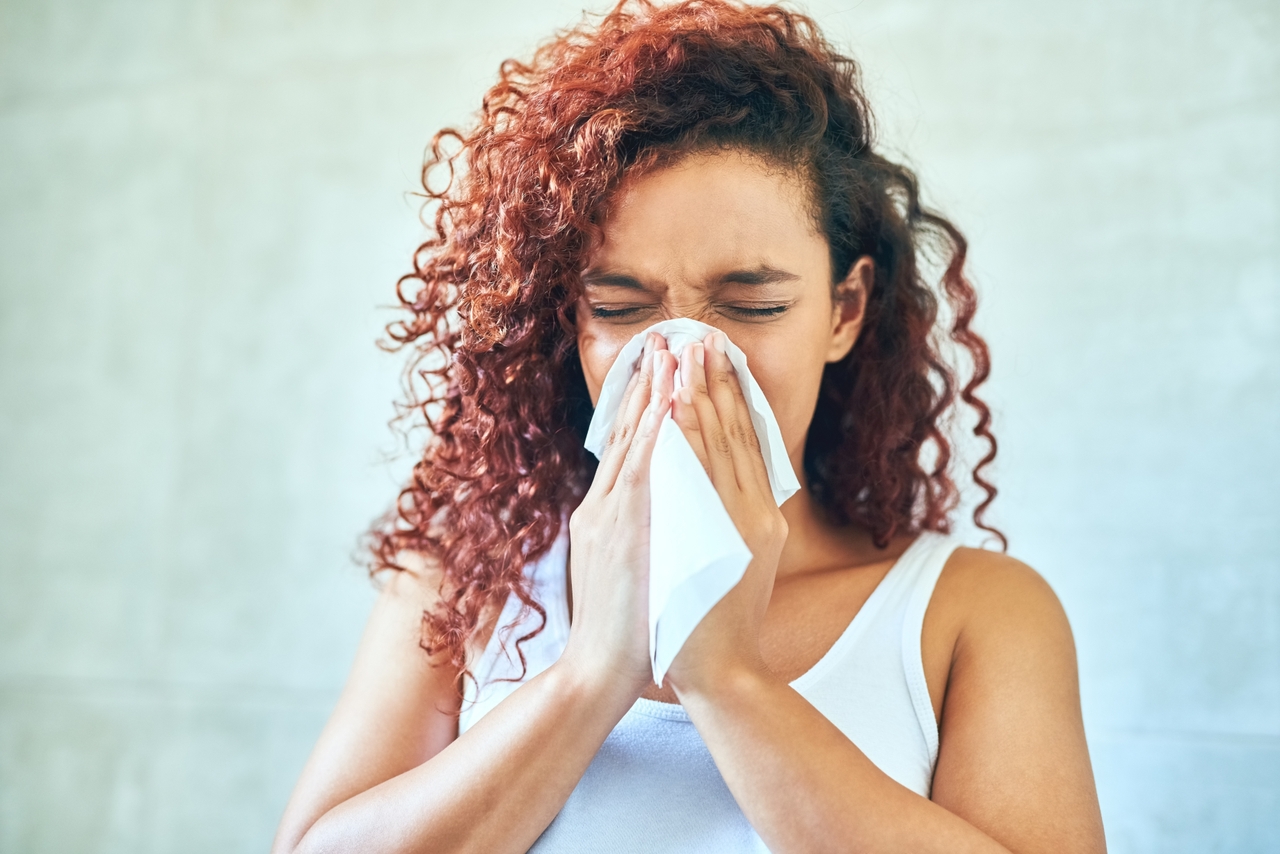A common cold is an infection in your respiratory system. It affects your nose, throat, sinuses, and upper airways. Stuffy nose, sneezing, scratching, or sore throat are common symptoms of this disease. It usually takes a week or 2 to get healed.
While it is one of the common diseases as well as a mild one, it surely hampers your daily routine. Often people suffer from headaches, mild fever, and aching muscles that make people wish to get well soon. But unfortunately, an adult gets two to three colds on average per year. And a child may get 6 to 8 colds annually.
Although there is no cure for this ailment, you can reduce your symptoms and feel better by taking some precautions. You can also use some remedies to recover quickly or prevent future colds.
If you don’t feel like visiting a doctor by yourself, you can use this online doctor service to call a doctor to your home.
Common Cold

The common cold is a mild virus infection in the upper respiratory system. It is caused by more than 200 viruses, among which the most common are rhinoviruses. It is a contagious disease and can spread from one person to another via droplets that come when a sick person sneezes or coughs. It can also transmit through the air or close personal contact. It usually takes 1 to 3 days for a cold-causing virus to act and symptoms to appear.
Some of the common symptoms of the common cold are:
- Runny or stuffy nose
- Sore, itchy throat
- Headache
- Mild fever
Those symptoms are used as signs that your body’s immune system is fighting the infection. And not the virus destroying your tissue. It usually takes 7 to 10 days to heal but can even last up to three weeks.
There is no vaccine or medicine to treat the common cold. But you can reduce the symptoms by following home remedies or consulting a doctor.
Common Causes of Cold

The common cold is caused by more than 200 viruses but rhinovirus, coronavirus, adenovirus, and enterovirus are some common cold-causing viruses.
The cold virus can enter your body via your mouth, eyes, or nose through droplets in the air. When an infected person sneezes, coughs, or talks, several droplets come out of their mouth and the person in contact.
It also spreads easily by physical contact with the sick person or by sharing their objects.
Several factors can increase the chances of getting a cold.
- Infants and young children are more likely to catch colds.
- Sick or elderly can easily get infected by a cold virus due to weak immune systems.
- People are more likely to catch colds during weather changes.
- People who smoke or are around second and smoke are more likely to catch a cold.
Things To Do When You Get Cold
Stay Hydrated

Always take something to drink such as tea, warm water with lemon, hot broth, or any other warm liquid to soothe your symptoms and prevent dehydration.
Your body needs water to fight off infection but if you won’t drink an ample amount of water, you can make your call symptoms worse. You can also experience dizziness, tiredness, fatigue, or dry mouth.
But avoid salty foods, alcohol, coffee, or sugary drinks as they can cause dehydration.
Salt Water to Rescue
If you are suffering from a sore throat and need some relief, then you should gargle with salt water.
Just add one teaspoon of salt to a cup of warm water and gargle it to reduce the pain and swelling of your throat.
Over-the-counter Medications

You can also relieve the symptoms by taking some over-the-counter medication such as decongestants, antihistamines, and pain relievers. But before you take anything, make sure to consult a doctor.
Humidify The Air
Another thing you can do to ease your sore throat is by using a humidifier.
Eat a balanced diet

Your body needs nutrition to keep the immune system strong and fight infections. And for this, you need to have a balanced and varied diet.
A balanced diet includes:
- Different Vegetables, such as dark green & leafy, red & orange, starchy, and legumes.
- Fruits
- Grains
- Fat-free dairy or fortified soy beverages
- Healthy oils
Consume honey
Honey is rich in antioxidant and antimicrobial properties. It is one of the most effective treatments for the common cold. It creates a thin film over the mucus membrane and relieves your throat from pain and inflammation.
Also, it can ease a sore throat and cure cough. You can consume honey in any way. You can add a tablespoon of honey to hot water or tea. Or even mix it with ginger juice.
Turmeric
Turmeric is rich in antioxidant and antibacterial properties. It is a yellow spice that is used to treat various diseases, including the common cold.
You can add a teaspoon of this golden spice to warm milk or water to ease your cold symptoms.
Sleep Well

When you are sick, you should cut down on your activities and take proper rest. Your body is fighting an infection, but if you will exert it, it can hinder this activity. Also, don’t take stress during these activities.
Don’ts
Antibiotics
Avoid taking antibiotics during the common cold. Remember, the common cold is a result of a virus, and antibiotics treat bacteria. So, there is no point in taking it during the cold.
Smoking

Smoking or staying in a place with other smokers can worsen your cold symptoms.
Caffeine
You should stay hydrated during colds, but this doesn’t mean you should consume more caffeine or cold drinks. They can do the opposite of hydration, and cause dehydration.
Share Your Things with Other Person
Remember cold transmits easily. Therefore, don’t share your personal belongings such as utensils, food, and drinks with other people.
Bottom line
The common cold is a common disease. You can ease your symptoms by sleeping, eating healthy food, and staying hydrated. It usually takes 10 days to heal. But if your symptoms worsen or take more than two weeks, you should consult a doctor as it could be due to flu or other underlying diseases.

